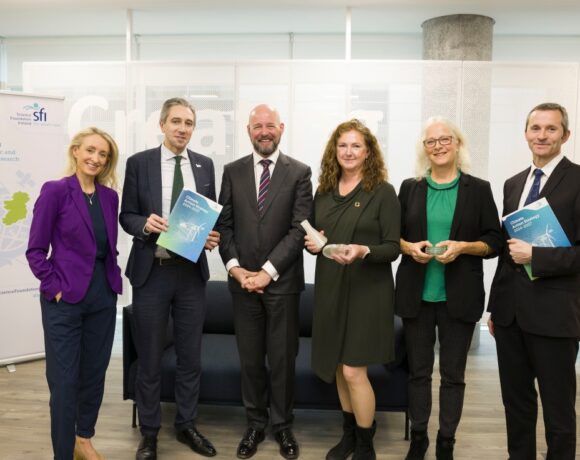“Going paperless” is no longer just a trend; bullet point on organisation’s sustainability plan or sticker on young millennial’s recycled backpack (yes, it’s a thing). Reduction of paper waste and bad practices associated with handling important documents in hard-copies is becoming necessity.
The new technologies enabling storing, sharing and updating documents in digital formats have been around for more than decade, however adoption by AEC professionals has been rather slow. A vast amount of building information is still handled in hard-copies.
Why should I care?
You have probably already heard the full list of benefits of reducing paper usage in your business, so let’s talk numbers.
Major building project generate considerable quantities of information throughout the planning, design, construction and handover stages. Take a look below for examples of building projects IFS have been involved in and the number of documents generated from planning to handover stages:
- €1 billion Data Centre development: 150,000 files
- €550 million Hospital development: 25,000 files
- €600 million University campus development 75,000 files
Financial implications
According to some studies AEC company can spend up to 3% of its revenue on printing costs only. Another says that AEC companies spend on average $1600 per employee on printing annually. And those are just printing costs. What about all the time spent on the printing, labelling, filling, copying, sending, storing and searching for those documents.

The picture above shows construction handover files required by building owner of one of our redevelopment projects. Our team of project coordinators spent whole two days on printing, organizing, labelling and filling all the information. That’s 16 hours of working time per person, spent by three employees creating hard copies of information which had already existed in digital format. According to one study, it can cost up to 31 times the original cost to send information on paper; this includes copying, postage, storage, recycling, etc.
Environmental impact
Our world today is not environmentally sustainable. A lot have been done by governments and businesses for the past few years, but we are still on the edge. Paper waste is one of many contributors. It’s not just about recycling which often comes on mind first, it’s about producing paper, packing, storing and transporting. According to studies it takes 5 liters of water on average to produce one piece of A4 paper. About 26% of solid waste dumped in dumping sites is said to be composed of paper. An excessive use of paper, unnecessary printing and creation of hard copies contributes to deforestation, air pollution and greenhouse gas emissions.
Safety and risk management
Having a quick access to actual building information is crucial to ensure safety of all people involved in construction of a building and its occupants subsequently.
The recent UK government report on building regulations and fire safety expressed a serious concern over ineffective execution of the current rules around the creation, maintenance and handover of building and fire safety information. In 2020 we can still see building information being incomplete and held in paper form and inaccessible to the people who need it.
The report recommends that there should always be a digital record used throughout the building lifecycle. The digital record will ensure that the building information are securely created, up-to-date and accessible at all points of building lifecycle.
This will enable to quickly identify and reduce risks during planning stage, help prevent mistakes and accidents during construction phase, and give end-users access to all relevant information about the current building which are needed to ensure health and safety during any subsequent works, such as maintenance, refurbishment or demolition.
Data protection and accountability
Paper is inherently insecure. A printed sheet with important and confidential information can go just about anywhere, anytime, with anyone. Hard-copy records get soaked in coffee, buried under pile of binders, lost, accidently shredded, or insecurely distributed between a lot of people.
With digital record you can have far more control over who can access which document and establish a full audit trail that shows your document’s chain of custody over its lifecycle.
Article appeared on the https://www.gs1ie.org/blog/2020/ifs-going-paperless-in-architecture-engineering-and-construction-sector.html, website. GS1 standards improve the efficiency, safety and visibility of supply chains across physical and digital channels in 25 sectors.













